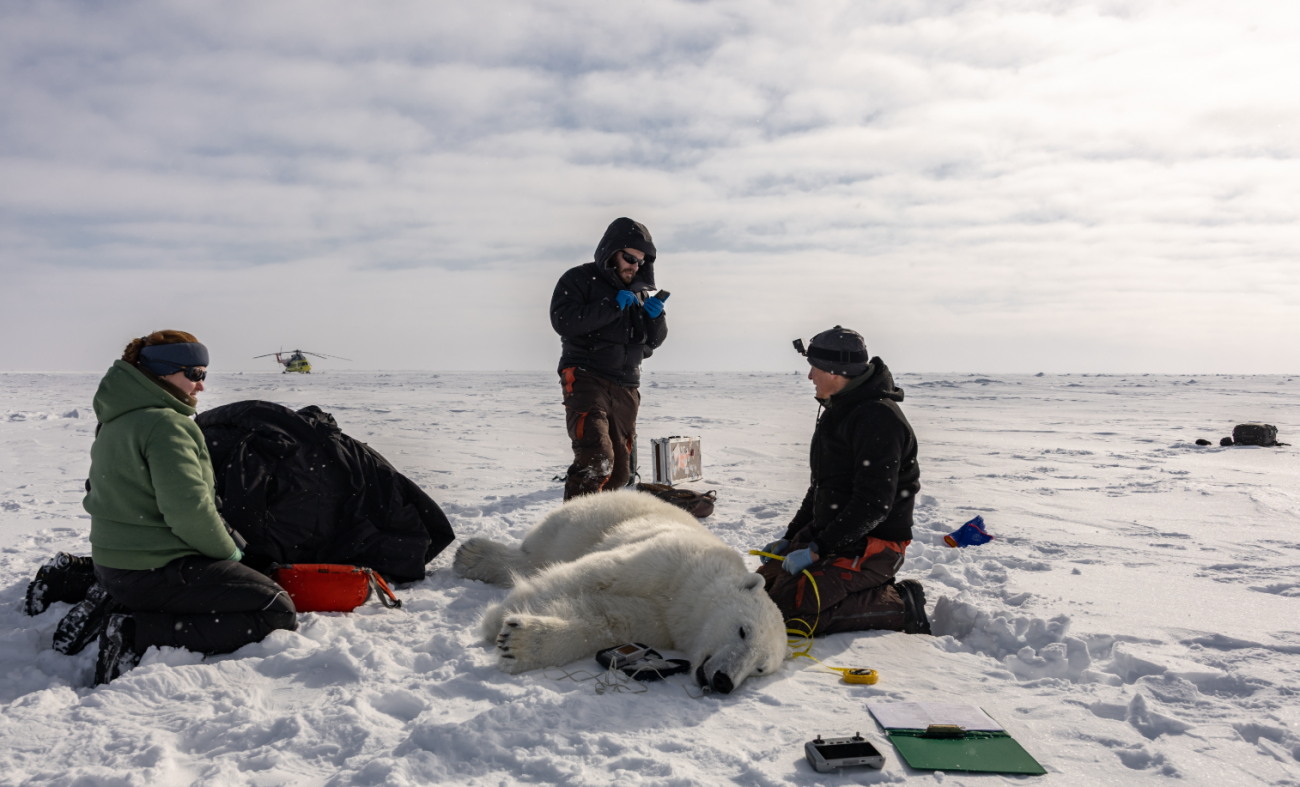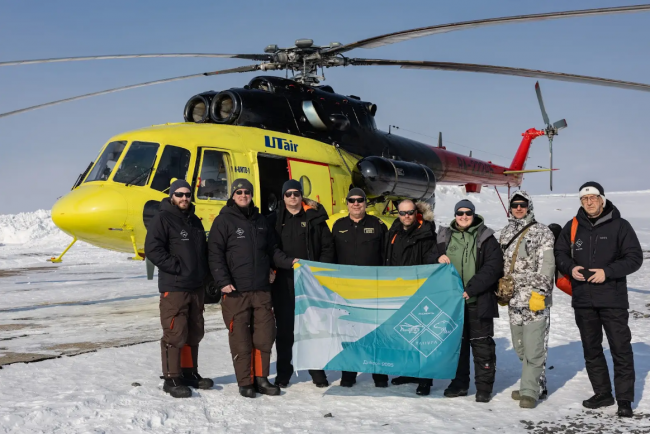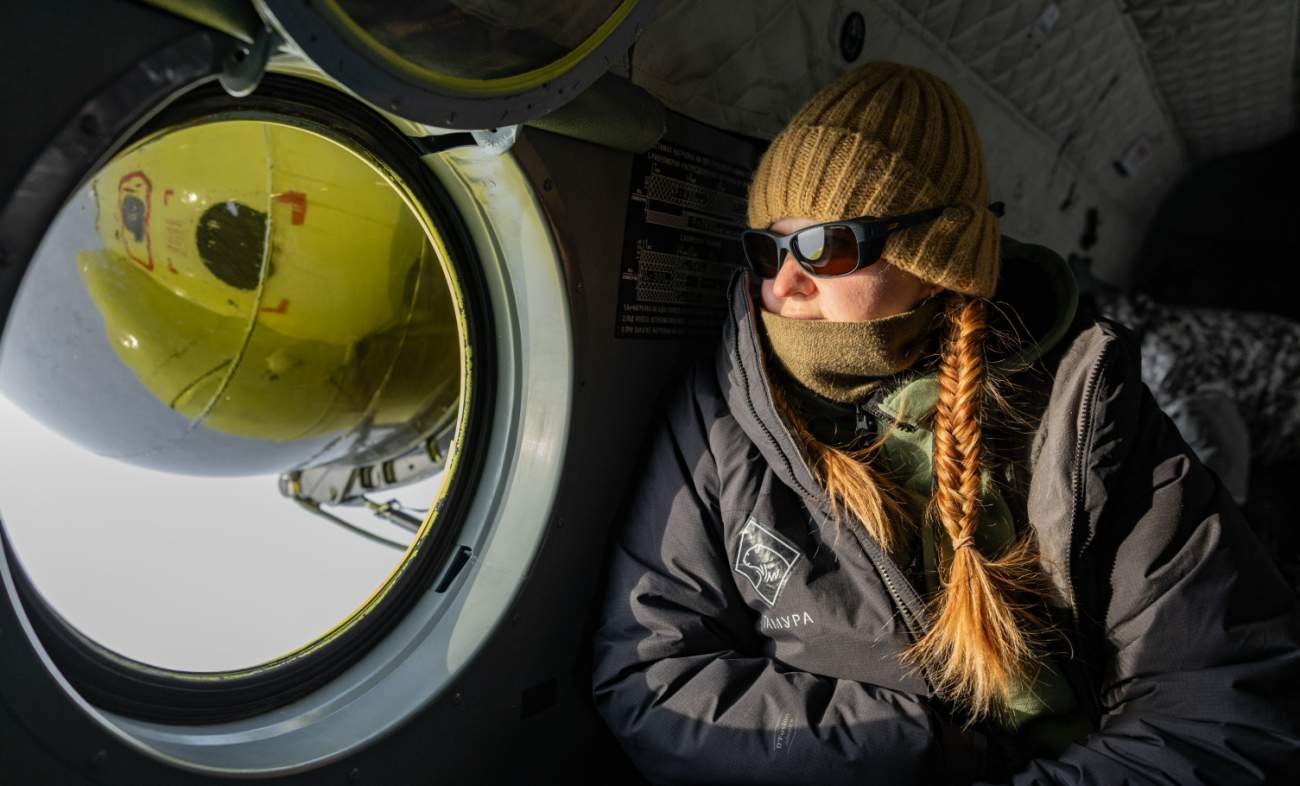
Rosneft conducted two scientific expeditions to study the populations of polar bears and marine mammals of the Kara Sea. Specialists from the A.N. Severtsov Institute of Ecology and Evolution took part in the field work in the north of Krasnoyarsk Krai and on the Yamal Peninsula. The main goal of the research is a full-scale census, assessment of the distribution of polar bears and marine mammals using instrumental (photo and infrared aerial photography) and aerial visual methods.
The expeditions are being conducted as part of Rosneft's corporate program for the conservation of Arctic biodiversity, called "Tamura". The polar bear is a bioindicator species. Based on the health of these endangered predators, scientists draw conclusions about the sustainability of northern ecosystems as a whole.

From the village of Sabetta in Yamal, 8 flights of the AN-28 laboratory aircraft were made for a comprehensive survey of the inner delta of the Gulf of Ob and the southeastern part of the Kara Sea. The total length of the routes was almost 10 thousand km, more than 90 thousand images were taken, which will be processed using neural network algorithms.
During the aerial visual observations, 22 polar bears, 23 walruses, 616 seals, 77 belugas, as well as rare bird species were recorded.

Ten flights of the Mi-8MTV-1 helicopter were made from the village of Dikson to survey the ice of a number of islands, as well as the ice in the Yenisei Gulf to Sever Bay and along the northern coast of the Taimyr Peninsula to the mouth of the Uboynaya River. The length of the routes was almost 5 thousand km. During the work, 37 polar bears of various ages and both sexes were registered. Fifteen adult bears were captured, 10 animals were tagged with satellite collars and ear tags for remote tracking of migration routes. Scientists also took blood samples and fur samples from polar bears to study their health and genetic affiliation to a particular subpopulation.
Reference:
Rosneft and the Russian Ministry of Natural Resources continue research work in the Arctic region as part of the national project "Ecology". From 2024 to 2027, Rosneft plans to conduct research work in the north of the Krasnoyarsk Territory and the Kara Sea.
In 2024, the Company's Arctic Research Center organized 5 expeditions, during which scientists studied the Kara subpopulation of polar bears, wild reindeer and rare bird species. The total length of air routes was almost 17,000 km, water routes - more than 3,000 km.
Related materials:
Taimyr Telegraph: "Rosneft conducted a large-scale expedition to study polar bears in the Arctic"
Rubrik: "Visiting the Guardians of the North"
Zapolyarnaya Pravda: "Polar bears and marine mammals are being counted in the north of the region"
Lenta: "Rosneft conducted expeditions to study polar bears"
Arguments of the Week: "Tamura - the wealth and value of native nature"
Regnum: "Scientists studied populations of marine animals in the Arctic"
Trud: "Preserving biodiversity"
Vedomosti: "Metallurgists created an expert council on biodiversity"
Severstal: "Severstal" created the first expert council on biodiversity in the Russian metallurgical industry"
